The STEEM network is constantly growing in new user accounts. But inevitably the percentage of these accounts remaining active declines. This is to be expected, but according to this analysis post by @paulag, of the 45K new users who joined steemit in July, by the 14th of August only 17% were actively voting and and while only 50% made a post at all by August 14th, this reduced to 10%. So this is actually a pretty drastic decline.
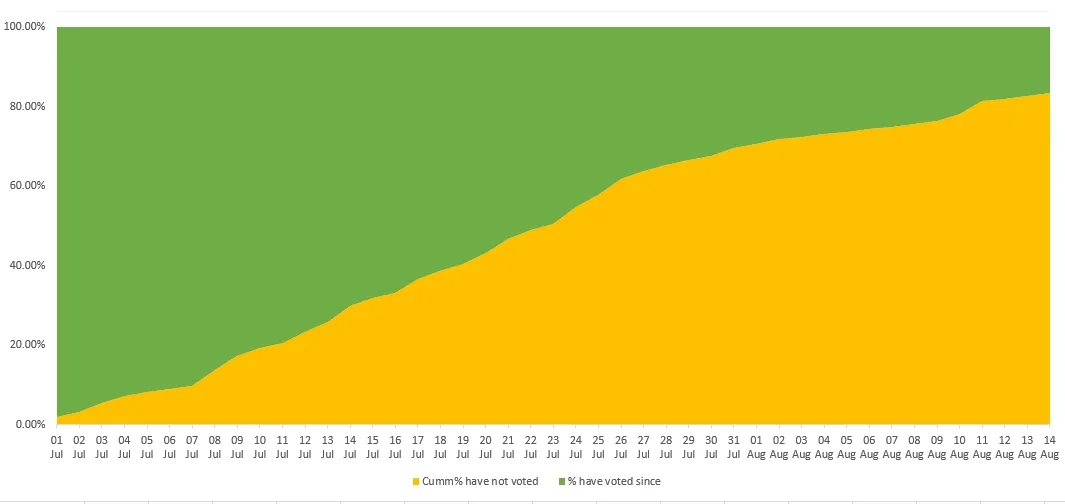
^ Green = active voters | Yellow = inactive voters ^

^ Green = active authors | Yellow = inactive authors ^
Some of this post is extracted from another post I wrote 10 months ago.
Why am I posting it again?
Because there has always been a lot of voting for the same old same old authors on STEEM, due to the easy and profitable ability to auto-vote and the incentive of curation rewards.
This has always made me almost not even want to invite people to STEEM. And I personally believe it has always had a negative effect on user retention.
Curation incentives can turn steemit into an interesting game for the dolphins and whales. The trick is to choose content that will get the most rShares (stake weighted votes) after your own vote. The higher the post rewards become after your own vote, the higher your curation reward will be. It's kinda like putting your money on a horse in the bookies...
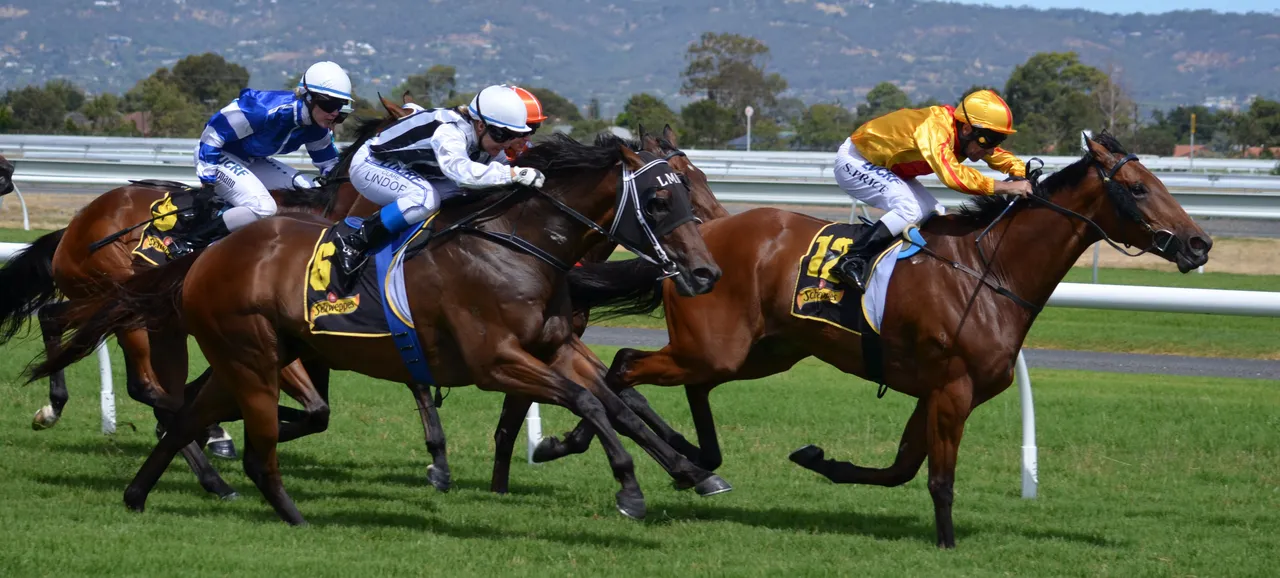
I once worked in a bookmakers (betting shop) where I sold bets on horses, dogs and football for 10 hours a day. It was a fun job and the punters were fun to be around. I noticed there were 2 kinds of gamblers: the ones who played euro after euro on horses at 100/1 odds, and the ones who played €50 on a horse at 2/1. The horse at 2/1 wins more often, but costs the gambler more if they lose the bet. The horse at 100/1 has higher risk of losing BUT since they only needed to bet €1 they don't realise the gradual losses especially if they eventually get a €100 win.
What this means is there is an incentive not just to bet on the "sure thing" but also an incentive to bet on the "underdog". The "sure thing" has a greater success rate, but the "underdog" has a greater return of investment if it wins.
If you think of every steemian author like a racehorse, there are some accounts that have greater odds at winning the race than others. Some horses are just famous for their speed. Some are just becoming recognised and realised for their potential. Then you have the underdogs. An "underdog" is a competitor who has very little chance of winning. It is human nature to root for the underdog. We all hope and want to believe that if we put in the effort there is a chance we could succeed.
So who is the "underdog" on the STEEM network and why do they matter?
The underdog on steemit is every high quality but unsuccessful author on the STEEM network. They are the hidden gems that a whale could make a decent curation reward from if they were to bring them to the attention of other curators - usually by upvoting to the "hot" page. When these underdogs find success on steemit, just like when the 100/1 horse wins in the bookies, people get excited!
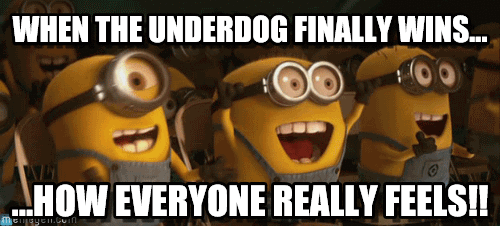
People get excited because the underdog gives us hope!
And I believe it's that HOPE that retains users!
So how do we incentivise people to vote for the underdog?
Well, to my surprise when I wrote this post 10 months ago, suggesting that we use "followers" to determine whether curation rewards be 50% or 5% (or somewhere in between) of the post rewards (a solution I now see as too complex), I had a comment from @sigmajin that explained there already was an incentive built into the blockchain.
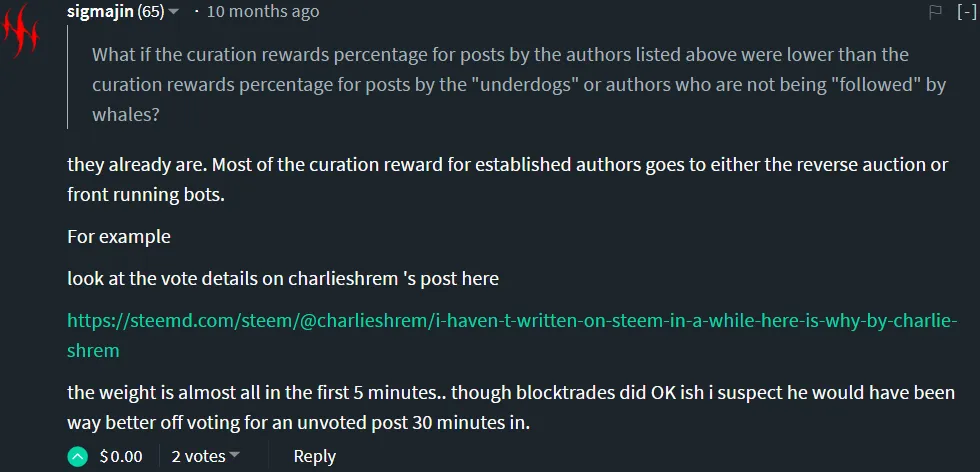
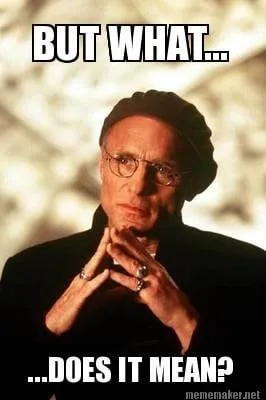
(in which curation rewards go from 100% being donated to the author gradually reducing to 0% being donated to the author)
creates a disincentive to vote for the "sure thing". This is because the return of investment is HIGHER when a curator votes first on a post after the current 30 minute payout window.
The author of THAT POST is considered
THE UNDERDOG
So you might have gathered by now that this post is a direct response to @blocktrades proposition to significantly narrow this window which creates an incentive to seek out NEW AUTHORS instead of just voting for the same old same old who regularly make it to the trending page. I'm sure that many curators like him (and like me when I wrote that post 10 months ago) just have not realised the beauty of that window and how it has a balancing effect on the "sure hits" and the "underdogs", as popular authors profit from their popularity, while underdogs profit by offering a greater curation reward to those who vote for them.
This incentive to seek out "hidden gems" on the STEEM network, is what keeps everybody excited and full of HOPE, that they too can get that recognition. Since this window (depending on how wide or narrow it is) can make it less profitable to vote for the "sure hits", this even makes BOTS less profitable than manual curation. For this reason I would even go as far as to say that perhaps this window should have been made wider. But I do understand that there are stakeholders who did not see the benefit to this kink in the blockchain so I'll leave it there.